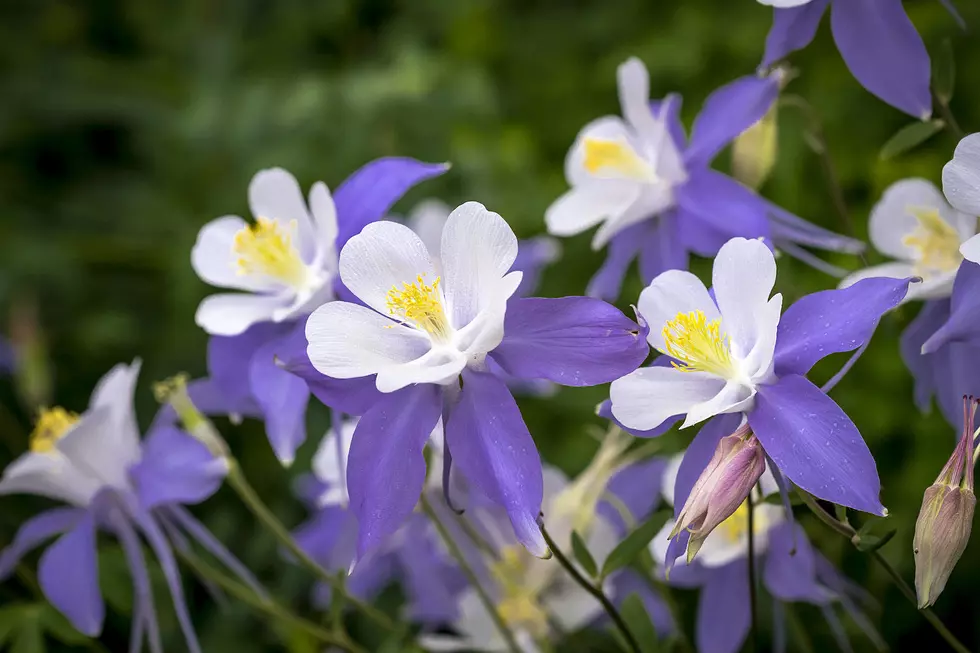
Despite Efforts, Missouri Prairie Chicken Numbers Dropping
Missouri conservation officials have worked for four decades to increase the number of prairie chickens, but the population continues to drop.
The state now has fewer than 100 prairie chickens, according to the Missouri Department of Conservation. The prairie chicken was added to Missouri’s endangered species list in 1999.
The conservation department is about to start a new count this spring, St. Louis Public Radio reported.
Hundreds of thousands of prairie chickens roamed Missouri in the 1800s. But over the decades, the grasslands that prairie chickens depend on have shrunk to less than 1 percent of the area they once covered in Missouri.
The conservation department has brought in hundreds of prairie chickens from Nebraska and Kansas, where they are not endangered. Still, the population drop continues. Remaining prairie chickens are found in small patches of prairie in western Missouri.
Max Alleger, a grasslands biologist for the conservation department, said the department has also worked with farmers and ranchers to restore prairie habitat.
“Although we can provide wonderful habitat quality, we haven’t been able to provide enough of it to meet the needs of those birds,” Alleger said.
The problem is partly that Missouri’s climate has become wetter than neighboring states, playing a role in causing forests to encroach on grasslands, Alleger said.
Prairie chickens are members of the grouse family. The distinctive orange pouches on their throats play a role in their mating rituals. To get females’ attention, males stomp their feet, fan their feathers and puff out the pouches, creating a booming noise that can be heard a mile away.
One way the conservation department is trying to improve habitat is by encouraging ranchers and farmers to allow cattle to graze in grasslands. Before human settlement, bison and elk would graze in prairies, and as the grasses grow back, the new plants would promote a variety of wildflowers and plants that benefit prairie chickens.
Experts say prairie chickens play an important part of the food web in grassland environments and help control populations of insects they eat.
More From AM 1050 KSIS









